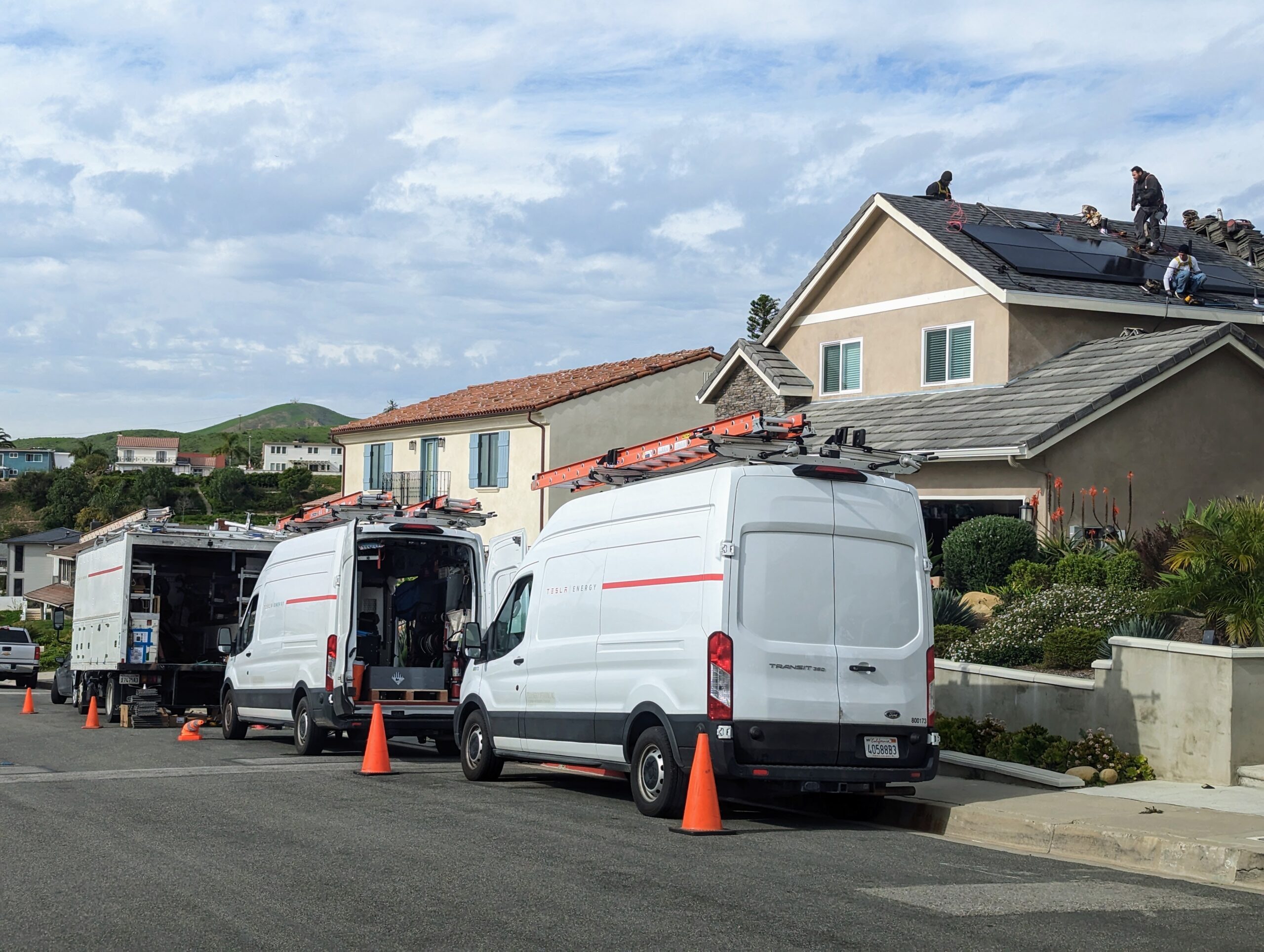Debunking The “Dirty” Solar Panels And Battery Myth::Solar panels and residential storage batteries are accused of having huge amounts of embedded carbon. The truth is quite the opposite.
Nice article.
I feel though that, as many others, it compares the carbon footprint of production (panels and batteries) vs the footprint of burning only. By looking at the source of the carbon footprint, it seems that they take into account only the CO2 output of the energy factories, but extraction, transportation and storage has a non-negligible carbon footprint.
Most of those comparisons are done in bad faith. As you said, they compare the whole chain for renewables/electric cars/windmills (parts of that chain could be decarbonised down the line anyway) to just the burning of the fuel, forgetting about extraction, exploration, transport and refining. Before you even get to the stage where you’re burning fuel in your engine, there’s been multiples of the CO2 and other greenhouse gases emitted already.
And they’re pretty big differences. Burning a cubic meter of natural gas produces 1.7kg of co2, but producing and transporting it adds another 0.3kg to that. (In the Netherlands, at least, ymmv).
For something like gasoline or diesel, co2 emissions from well to tank is something like a quarter of all emission.
They steel-manned the argument. They ignored the setup and supply of fossil fuels, while counting those for solar and battery, and even with giving the advantage to fossil fuels they showed solar and batteries both much better than fossil fuels
Mining/extraction of lithium is extremely destructive to the environment. This article gives a general overview of our predicament with having such a strong dependency on lithium for batteries: https://news.climate.columbia.edu/2023/01/18/the-paradox-of-lithium/
https://news.climate.columbia.edu/2021/06/09/stop-calling-green-energy-clean/ goes into more depth with how much pollution mining/extracting lithium generates.
I don’t see it discussed nearly enough that finding an alternative to lithium should be among the top priorities in research.
Sodium-ion are being applied in real world use cases.
I was tracking that sodium-ion was only viable for larger applications (e.g. building backup, possibly EVs the size of buses), is that no longer the case?
Oh wow, that’s some good news! Hopefully it hits the US and EU markets soon.
People are looking for alternative to lithium batteries. Unfortunately the world does not stop while we’re looking.
Where’s our slrpnk.net people?
I would certainly love to see a floatglass, aluminium and silicon production facility powered by renewable electricity only. And the previous steps in the production supply chain.
The problem with renewables aren’t that they are dirty. It’s that they’re not self sustainable, while we’re running out of fossils and minerals.
What is the carbon footprint of me covering my roast chicken in fucking aluminum foil and then throwing the foil away because it has grease on it and can no longer be recycled
has grease on it and can no longer be recycled
You’re thinking of cardboard. They melt Al scraps down at like 1300°c and any organics burn off or are removed as slag. So go ahead and chuck your greasy tinfoil in the recycle bin.
Like the OP, my county changed it’s rule and said do not put aluminum foil in recycling if it has any food residue on it.
Check your county recycling. You might be surprised what has changed.
Apparently just don’t cover it in foil.
EDIT: just realised that’s for turkey, so YMMV with chicken I dunno, I usually do a rack of lamb anyway lel
I don’t do it but it does make it a little bit crispier without drying it out
Ok fine, I roast the chicken on 350 for 45 minutes then 425 for 45 minutes then if I am feeling fancy put tin foil on the roasting pot and cover for 15 minutes, but usually I skip the tin foil and throw in already cooked potatoes carrots garlic onions etc
Of course it’s possible recycle aluminum covered in grease. It has to be cleaned before recycling though. Incineration is often used for getting rid of the plastic layer in soda cans and it’s possible to use the same method for fat too.




